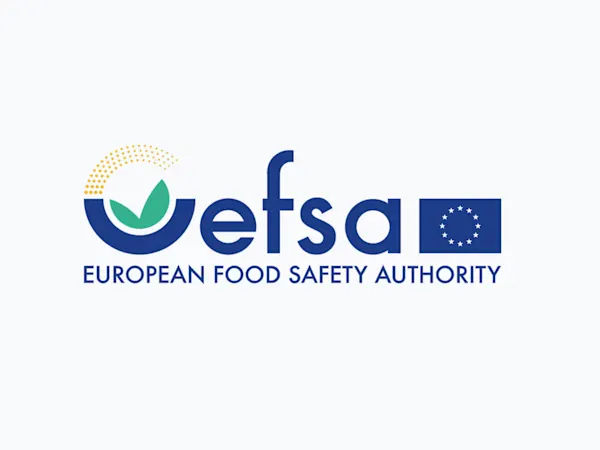
EU Ministers Press Commission on Delayed REACH Revision Amid Industry and Environmental Demands
EU Member States urge the Commission to accelerate the REACH revision, citing urgent health, environmental, and industry competitiveness needs.


In a recent evaluation by the Swedish Chemicals Agency, Bis(isopropyl)naphthalene (DIPN), a widely used industrial solvent, has been classified as both very persistent (vP) and very bioaccumulative (vB) under the REACH regulation. This decision follows extensive testing on the substance's degradation and bioaccumulation potential, raising concerns over its environmental impact.
Bis(isopropyl)naphthalene, commonly referred to as DIPN, is used in multiple industrial applications, including carbonless copy paper, coatings, lacquers, and adhesives. With an estimated annual production volume between 1,000 to 10,000 tonnes, the substance is known for its wide dispersive use across various sectors, making environmental exposure a significant concern.
The Swedish Chemicals Agency conducted the evaluation of DIPN under the Community Rolling Action Plan (CoRAP) due to concerns regarding its potential persistent, bioaccumulative, and toxic (PBT) properties. Initial assessments suggested that specific isomers, particularly 1,3-DIPN and 1,4-DIPN, posed significant environmental risks due to low degradation rates and high bioaccumulation factors (BCFs).
Persistence: The evaluation found that DIPN and its isomers do not readily degrade under standard environmental conditions, leading the agency to classify it as "very persistent" (vP). Tests demonstrated that certain isomers, such as 1,3- and 1,4-DIPN, had minimal degradation even after extended incubation periods in surface water, further confirming their persistence.
Bioaccumulation: Extensive studies indicated that DIPN isomers also exhibit high bioaccumulation potential. BCF values for some isomers exceeded 5,000, surpassing thresholds for the "very bioaccumulative" (vB) classification. This bioaccumulative property raises environmental and ecological concerns, as these isomers could persist in aquatic and terrestrial food chains, impacting wildlife health over time.
Following the confirmation of vPvB characteristics, the Swedish Chemicals Agency recommended further regulatory actions, including harmonised classification and labelling of DIPN under the REACH regulation. Potential restrictions on DIPN use are also under consideration to mitigate environmental exposure, especially in applications where emission control may be challenging.
The Swedish evaluation reinforces the urgency of addressing DIPN’s environmental impact due to its persistent and bioaccumulative nature. Stakeholders in industries utilising DIPN should anticipate possible regulatory changes, including stricter usage guidelines to limit its release into the environment.
Foresight continuously tracks 1000s of sources and maps updates to your portfolio:




EU Member States urge the Commission to accelerate the REACH revision, citing urgent health, environmental, and industry competitiveness needs.

The EU has classified DBDPE as a substance of very high concern (SVHC) due to vPvB properties, affecting manufacturers and downstream users of flame retardants.

EFSA launches consultation on updating its Weight of Evidence and Biological Relevance guidance, aiming to streamline chemical risk assessment practices.
Subscribe to Foresight Weekly and get the latest insights on regulatory changes affecting chemical compliance.
Free forever. Unsubscribe anytime.
Read by professionals at